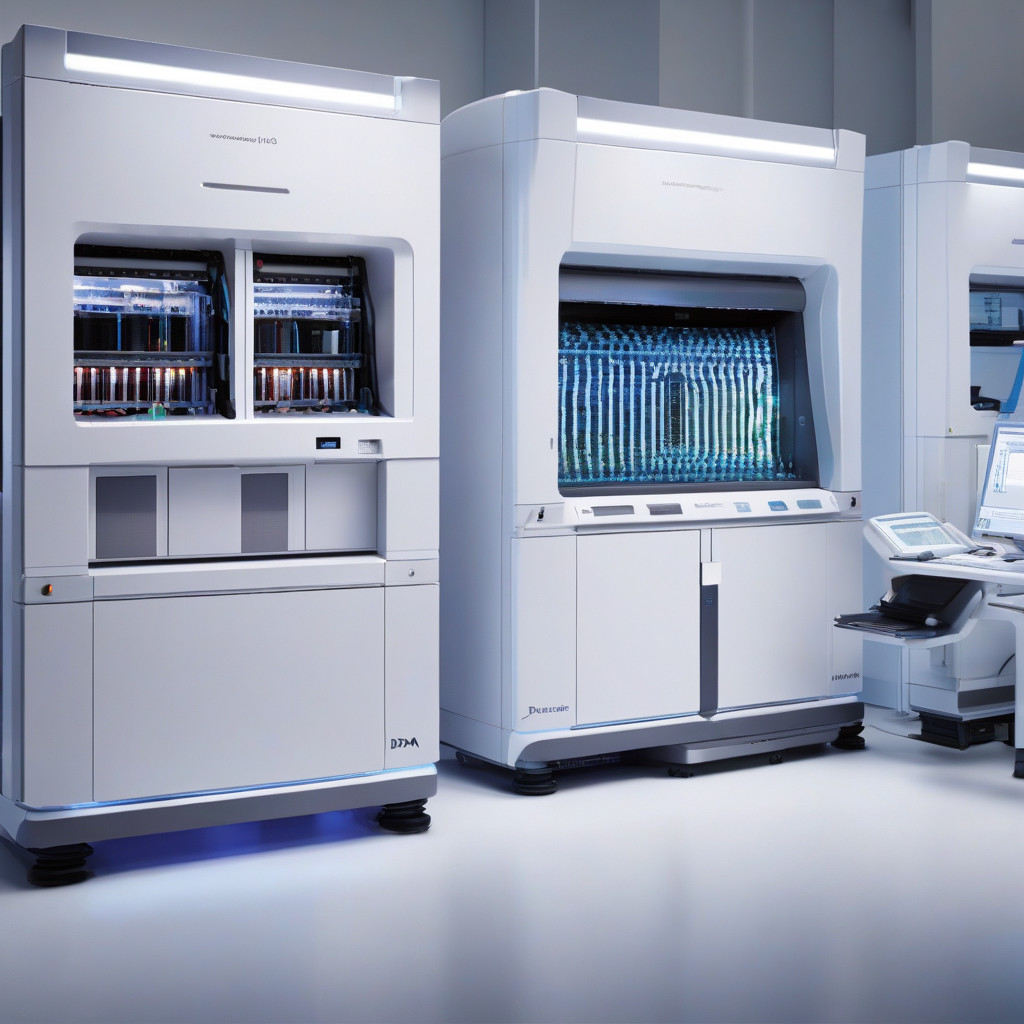In a recent discovery that has sent ripples through the scientific community, cybersecurity researchers have unearthed critical security vulnerabilities in the firmware of Illumina’s iSeq 100 DNA sequencing instrument. This revelation sheds light on the potential risks faced by users of these devices, as attackers could exploit these flaws to either render the machines inoperable or install persistent malware.
The heart of the issue lies in the outdated implementation of BIOS firmware on the Illumina iSeq 100, particularly the utilization of Compatibility Support Mode (CSM) without essential security measures like Secure Boot or standard protections. This oversight opens the door for malicious actors to launch attacks that could have far-reaching consequences for laboratories and research facilities relying on these DNA sequencers.
Imagine the havoc that could ensue if a malevolent entity gains access to these vulnerable devices. Not only could they sabotage crucial sequencing processes, but they could also infiltrate sensitive data, compromising the integrity of research projects and potentially exposing confidential information to unauthorized parties. The ramifications of such a breach are staggering, underscoring the urgent need for swift action to address these security gaps.
As professionals in the IT and development sphere, it is imperative to stay abreast of such developments and take proactive steps to mitigate risks within our technological ecosystems. This incident serves as a stark reminder of the ever-evolving threat landscape that surrounds us, where even seemingly niche devices like DNA sequencers can become targets for cyber attacks.
To safeguard against potential exploits targeting the Illumina iSeq 100 and similar devices, it is crucial for organizations to prioritize firmware updates and security patches. By ensuring that these instruments are running the latest firmware versions with robust security features enabled, users can significantly reduce the likelihood of falling victim to attacks leveraging known vulnerabilities.
Furthermore, establishing stringent access controls, implementing network segmentation, and conducting regular security audits can bolster the overall resilience of IT infrastructure against potential threats. Cybersecurity is a shared responsibility, and by collectively fortifying our defenses, we can better safeguard critical systems and data from malicious intrusions.
In conclusion, the discovery of security flaws in the Illumina iSeq 100 DNA sequencers serves as a wake-up call for the scientific and research communities to bolster their cybersecurity practices. By addressing these vulnerabilities head-on and adopting a proactive stance towards security, we can uphold the integrity of our research endeavors and protect the valuable data under our care. Let this incident serve as a catalyst for heightened vigilance and concerted efforts to fortify our digital defenses in an increasingly interconnected world.

